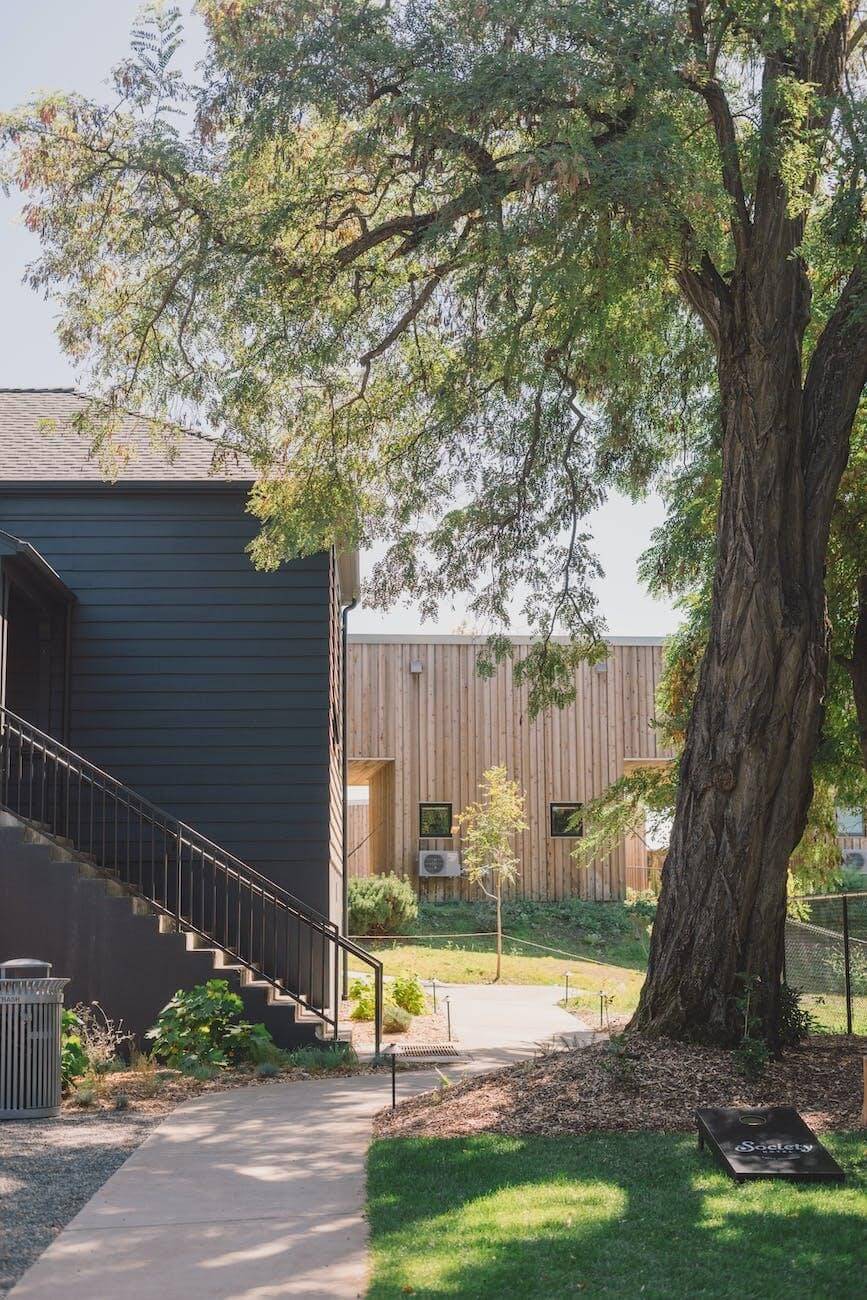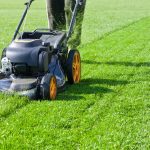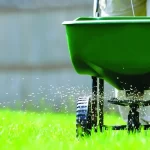Trees filter our environment and provide us with clean, breathable, oxygen-rich air and have an aesthetic value. A blooming, lush green tree looks amazing on a lawn and gives the house an aesthetically pleasing touch. Moreover, trees also significantly impact the overall value of a residential property.
This is why American homeowners spend considerable time and resources on tree care and tree maintenance! Many people also hire tree services to help them take care of their lawns and backyard trees. But even with the utmost care, trees can die due to many natural or man-made causes. And a dead or dying tree is one of the biggest hazards you can have on your property!
Did you know that over a hundred people are killed by falling trees every year in the US? Not only is it a hazard for your loved ones and pets, but it can also fall and damage your house, your cars, surrounding cars, as well as neighboring properties! This is why it is very important to remove a dead tree from your property as quickly as possible!
But before anything, how can you determine if a tree is dead or dying? Could it just be dormant and not actually dead? Let’s discuss it!
What Causes a Tree to Die?
Trees can die due to natural causes such as diseases, pest infestations, termites, wounds due to harsh weather conditions (such as winds, lightning, and storms), extreme temperatures, poor soil quality, nutrient deficiency, water problems, etc.
In addition to these natural causes, trees can also start dying due to man-made problems such as wounds or damage due to accidents, root damage during construction, excess watering, poor care, etc.
Why Is It Important to Recognize a Dead or Dying Tree?
Timely recognition of a dying tree can help you save it before its health degrades to an irreversible level. You can also employ certified arborists to take care of your dying tree and revive its health.
However, if you find out that it’s too late and that your tree has already died, it is extremely important to get it removed from your property as soon as possible. Tree removal is a complex task, which is why we recommend hiring expert tree services to handle the whole tree removal operation for you!
A dead tree seriously threatens the safety of your loved ones, pets, and anyone who passes under that tree. In addition to that, it can also fall and seriously damage your property, car, and your neighbors’ property. This is why it is very important to recognize a dead or dying tree.
Could My Tree Just Be Dormant?
Before you determine that your tree is dying or has already died based on its appearance or falling leaves, keep in mind the possibility that your tree can also just be in a dormant state. Dormancy is when a tree sheds all its leaves, with the purpose of conserving energy for the coming winter.
A tree’s dormant stage usually starts at the beginning of fall and ends at the beginning of spring. During this stage, a tree can develop a very gloomy look which some people confuse with poor health or even death. So before you call a tree removal service to remove a tree, make sure that it is actually dead and not just dormant. We’ll discuss some signs that will help you in this regard.
Some Indications of a Dead or Dying Tree
You can tell whether a tree is dead or dying from a variety of different signs. Many of these signs can also help you determine if your tree is actually dead or just resting in its dormant state. Let’s discuss some of these signs.
Decreasing Foliage Volume
The very first sign of a dying tree is a sudden decrease in foliage volume. Foliage is the overall amount of leaves on a tree, and it can help you get a general idea of a tree’s overall health. A decreasing foliage volume is one of the biggest signs of a dying tree. However, keep in mind that dormant trees also shed their leaves at the beginning of the fall and winter seasons.
So when observing this sign, look for sudden changes. Where a dormant tree will slowly shed its leaves (gradual decrease in foliage volume) there will be a sudden decrease in the foliage of a dying tree. There are also chances that you might observe a decrease in foliage in some regions of your tree and not overall. If some branches are full of leaves while others are bare, this could be a sign of partial root damage or pest infestation requiring immediate attention.
Dry Leaves Not Falling on the Ground
One of the biggest signs that can help you distinguish between a dead and a dormant tree is the condition of its leaves. Where tree leaves gradually turn dry and brown to prepare for dormancy, the leaves of a dead tree will suddenly lose their color.
Unlike those of dormant trees, these dry, dead leaves won’t fall to the ground. So, if you see a tree with a majority of its dry leaves still on its branches, you’re most probably looking at a dead tree.
Exposed Wounds
Another major sign of a dead or dying tree is exposed wounds, primarily on its trunk. These wounds generally start as minor damages, which get infested by fungus and pests and get big. It is very difficult for a tree to recover from big wounds, which is why they often ultimately lead to death.
Damaged Roots
Trees often start dying due to severe root damage. Roots provide the tree with water and nutrients. If they are seriously damaged in an accident or during construction, the tree might never recover from the trauma and end up dying. Timely recognition of damaged roots can help you save your tree from dying!
Fungal Growth
One of the very first things you should look for when determining if your tree is dead or dying is fungal growth. Fungus can quickly spread inside your tree and damage it permanently. Shelf fungus on the trunk of the tree or mushroom growth at its base are the first signs of degrading tree health.
Cracking Bark
Cracked tree bark is one of the primary signs of a dead or dying tree. Healthy trees shed and replace their bark from time to time. However, if a tree is in poor health or dying, it won’t be able to replace its bark, which can result in cracking.
Pest Infestations
Pest infestations are one of the biggest causes of tree deaths. Infestation of ants, termites, beetles, or other pests can take down even the strongest trees. Recognizing such pest infestations and appropriate action can save your tree’s life!
What Should I Do if My Tree Is Dead or Dying?
Now, if you, unfortunately, find out that your tree has died, the only option left is to remove it from your property as soon as possible, as it is a sitting hazard. A lot of homeowners prefer doing property maintenance by themselves; however, since tree removal is a complex task and can often require heavy machinery, we recommend hiring an experienced tree service.
A-Z Landscaping is a highly experienced, well-reputed company that provides professional tree removal services. Its highly trained arborists remove trees in the most expert manner without damaging any of your property. They provide emergency tree removal as well as additional tree services such as tree trimming, tree pruning, tree stump removal, debris removal, stump grinding, fallen tree removal, and more!
Final Thoughts – How to Tell if a Tree Is Dead or Dying: When to Call Tree Services to Help You Remove It
Trees can die due to many natural as well as man-made causes. Timely recognition of a dying tree can help you save it. However, if you find that your tree has already died, it is important to remove it from your property as soon as possible as it is a sitting threat to the safety of your loved ones and can fall anytime and damage your property. Don’t forget that tree services can also help you with this to ensure proper tree removal.






